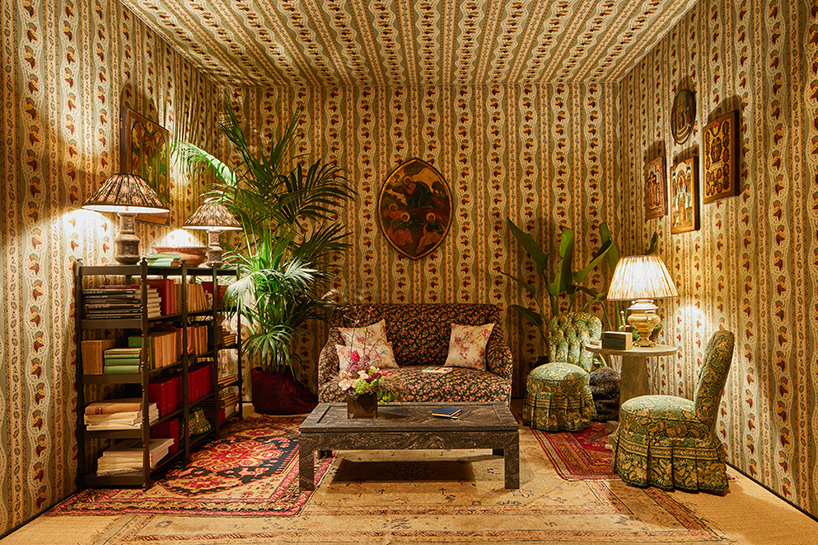Choosing between architecture and interior design can be tough, especially for those passionate about creating spaces. Both fields offer exciting career opportunities but differ in scope, focus, and approach. Let’s break down each path to help you decide which aligns with your ambitions and interests.

Architecture: Crafting the Structural Framework
Architecture focuses on the design and construction of buildings, blending creativity with technical expertise. Architects are responsible for designing safe, functional, and aesthetically pleasing structures. They consider everything from environmental impact to structural integrity and urban planning. If you enjoy working on large-scale projects that shape entire landscapes and cities, architecture could be your calling.
Key skills for an architect include:
- Strong technical and mathematical abilities.
- Spatial awareness and a deep understanding of construction materials and methods.
- Problem-solving skills to design functional, sustainable structures.
- Creativity balanced with an ability to meet legal and safety requirements.

Interior Design: Enhancing the Living Experience
Interior design, on the other hand, focuses on the inside of buildings, aiming to create harmonious, functional, and visually appealing interior spaces. Interior designers work closely with clients to tailor spaces to their tastes, needs, and lifestyles. They focus on color schemes, furniture, lighting, and textures, as well as ensuring that spaces comply with safety and functional regulations. If you have a keen eye for aesthetics and enjoy bringing beauty and comfort to indoor environments, interior design may be the right path for you.
Key skills for an interior designer include:
- A strong sense of color, texture, and materials.
- Creativity in space planning and furniture arrangement.
- Knowledge of human behavior and ergonomics.
- Ability to collaborate with architects, builders, and clients to bring concepts to life.
Which Career Fits Your Interests?
- Broad vs. Focused: Architecture provides a broad scope, from designing skyscrapers to city parks. It’s ideal for those interested in large-scale projects and urban development. Interior design, on the other hand, is more focused, allowing you to work closely on the smaller, more personal details of a space.
- Technical vs. Aesthetic: While architecture requires a heavy technical foundation, involving engineering, physics, and mathematics, interior design is more concerned with aesthetics, user experience, and comfort.
- Timeframe: Architecture projects often span years, as they require thorough planning, approval, and construction phases. Interior design projects are typically shorter, offering quicker turnaround times and more immediate results.

Making Your Decision
The choice between architecture and interior design ultimately depends on your passions and strengths. If you’re fascinated by structural design and enjoy tackling large, complex projects, architecture might be the path for you. If you’re more drawn to creating intimate, functional, and visually appealing spaces, interior design could be your ideal career.
Whatever path you choose, both offer rewarding opportunities to shape the way people experience the world around them.
Why choose IVS School of Art and Design for Interior architecture and design courses
\”IVS School of Art and Design stands as one of the top interior design institutes in Noida, offering a comprehensive B.Sc. in Interior Design. Our industry-focused curriculum shapes creative and skilled professionals ready for the design world. Join us to transform spaces with your vision and innovation!\”
IVS School of Art and Design has established itself as a leading institution for aspiring designers, offering comprehensive programs in Interior Architecture and Interior Design. If you are looking to kickstart a career in these fields, here’s why IVS is the right choice:

1. Industry-Relevant Curriculum
At IVS, the courses are designed with a focus on current industry trends and future demands. The curriculum blends theoretical knowledge with practical application, ensuring students are equipped with the skills needed to thrive in the modern design world. From space planning and material selection to sustainable design practices, IVS covers all aspects of interior architecture and design.
2. Experienced Faculty
IVS boasts a faculty of experienced professionals who bring real-world expertise into the classroom. The instructors are industry practitioners who provide invaluable insights, mentorship, and guidance. Their deep understanding of design challenges and innovative problem-solving techniques prepare students for the dynamic nature of the field.
3. Hands-On Learning Approach
Interior architecture and design are hands-on disciplines, and IVS offers practical training through workshops, design studios, and live projects. Students work on real-life scenarios, gaining experience that enhances their technical, creative, and problem-solving skills. The exposure to real projects also helps them build a professional portfolio before they graduate.
4. State-of-the-Art Facilities
IVS provides modern, well-equipped studios and labs where students can experiment with materials, design tools, and technologies. The learning spaces are designed to simulate professional work environments, giving students a feel for the industry while they study.
5. Industry Connections and Placement Opportunities
With strong ties to the design industry, IVS facilitates internships and job placements at top architecture and design firms. The school’s network of alumni and professionals opens doors for students to connect with potential employers and build their careers from day one.
6. Focus on Sustainability and Innovation
IVS promotes innovative and sustainable design practices, an essential part of the future of interior architecture. The courses encourage students to consider eco-friendly materials, energy efficiency, and sustainable construction methods in their designs, aligning with global environmental trends.



